The assumptions we make based on minimal character descriptions

More stories from Lauren Brace
A photo of me holding one of my favorite novels by Rebecca Serle
Opinions expressed in editorials on The Central Trend are the view of the individual writer and are not the opinion of the entire staff of The Central Trend or the Forest Hills Central staff or administration.
The stranger walked into the room after a clearly exhausting day. After quickly glancing around, they sat at the closest table, setting their bag down beside them. They set their phone on the table, content with only watching the device as it vibrated with the incoming call from an unknown number.
The incoming call is from the very stranger reading this article, one who is picturing this person in their mind. When attempting to form a clear image, the reader is forced to make a few assumptions. What is the atmosphere around the person? What color is the table? What type of bag do they have? What does this person look like?
I was ashamed to realize my response to the generic description. Even without any concrete physical clues, my mind resorted to the default: a white man. Despite my advocacy for equality in sexuality, gender, and race, society has still shaped my mind to envision the most basic complexion that an increasingly more diverse community strays away from.
Perhaps, I would have preferred to imagine a stick-figure silhouette of a person before jumping to such a conjecture. Chances are, everyone calling the phone number of the character presumed a similar image or a resemblance to their own appearance.
Of course, it’s natural to fill in the blanks with information familiar to us, but we should at a minimum entertain the possibility that the randomly generated person has an entirely different background and lifestyle than our own.
Like oxygen, the people we automatically picture based on rudimentary descriptions only make up a small percentage of the atmosphere.
— Lauren Brace
The characters I envisioned in my books became dull and uniform. Unless the author specified otherwise, the long swooping hair tucked behind the ear of the main character was always brown—a staple color exactly the same as mine. Looking back, I can only imagine how much more vibrant these characters could have been with any other hair variation such as blond with pink streaks or brilliant red hair.
With that considered, it’s unlikely that every character in a scene has a complexion entirely different from oneself; however, it’s even more improbable that everyone does.
An author or director’s attempt to add more diversity to their characters is not only a beautiful step in humanity but also an intelligent stylistic choice—adding more dynamic and appeal to a larger audience. The voices of diversity are increasingly silenced; books are banned, audiences post about their appalled reactions to movie characters, and in general, society seems to live in its own bubble that prevents reality from poking through.
Going forward, I know that I’ll personally make an effort to think beyond the stereotypical. I would be lying if I claimed that I hadn’t accidentally fallen into the hole dug by society’s influence. I only wish that my mind had imagined anything other than what was expected.
It takes time to train oneself to stop an involuntary action that comes so easily. One person alone cannot change everyone’s outlook on the beauty in diversity, but they can change their own automatic assumptions about the characters in articles and the backgrounds that lie between the lines of everyday stories.
Like oxygen, the people we automatically picture based on rudimentary descriptions only make up a small percentage of the atmosphere. This change may only arrive through small steps, but together, we can learn to walk and breathe again.

Lauren is a senior entering her final year on The Central Trend as Podcast Manager. She has a strong passion for every extracurricular she's involved in,...






















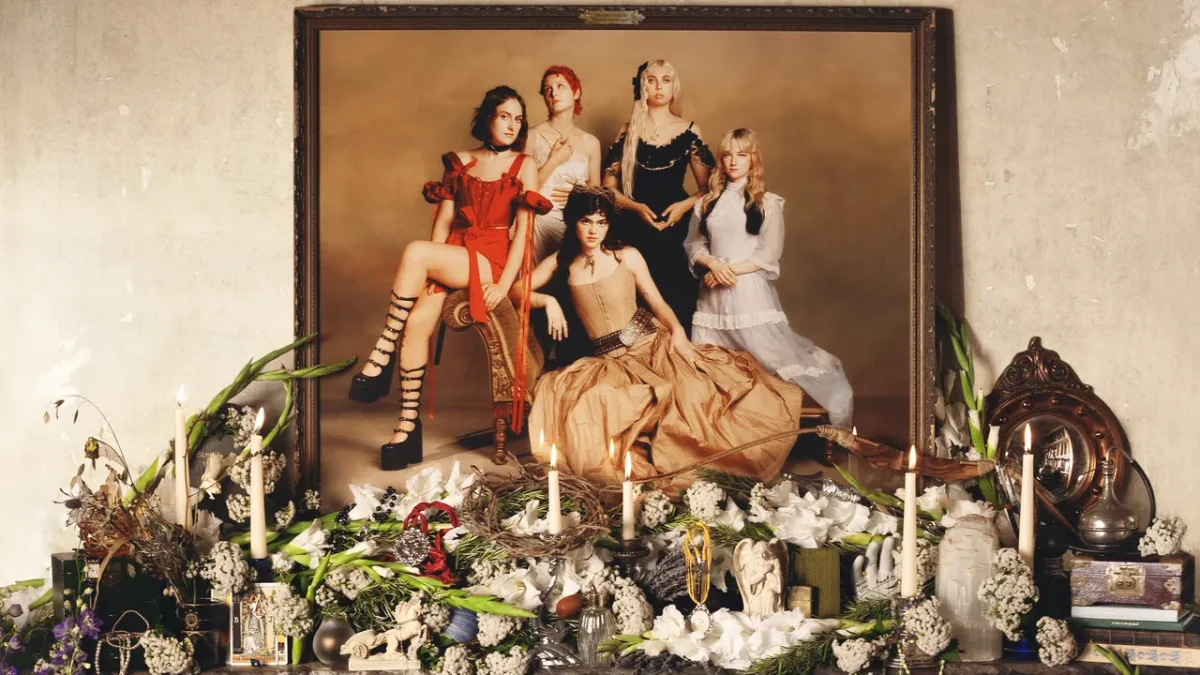












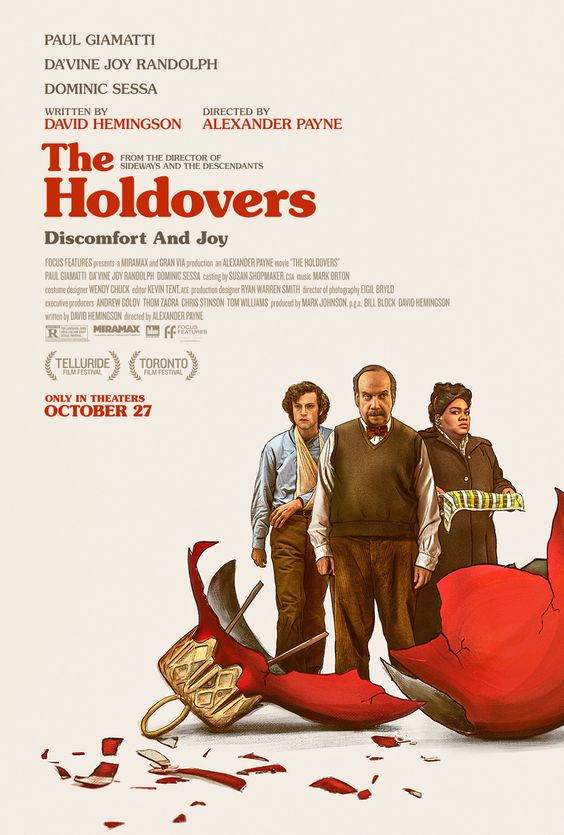

































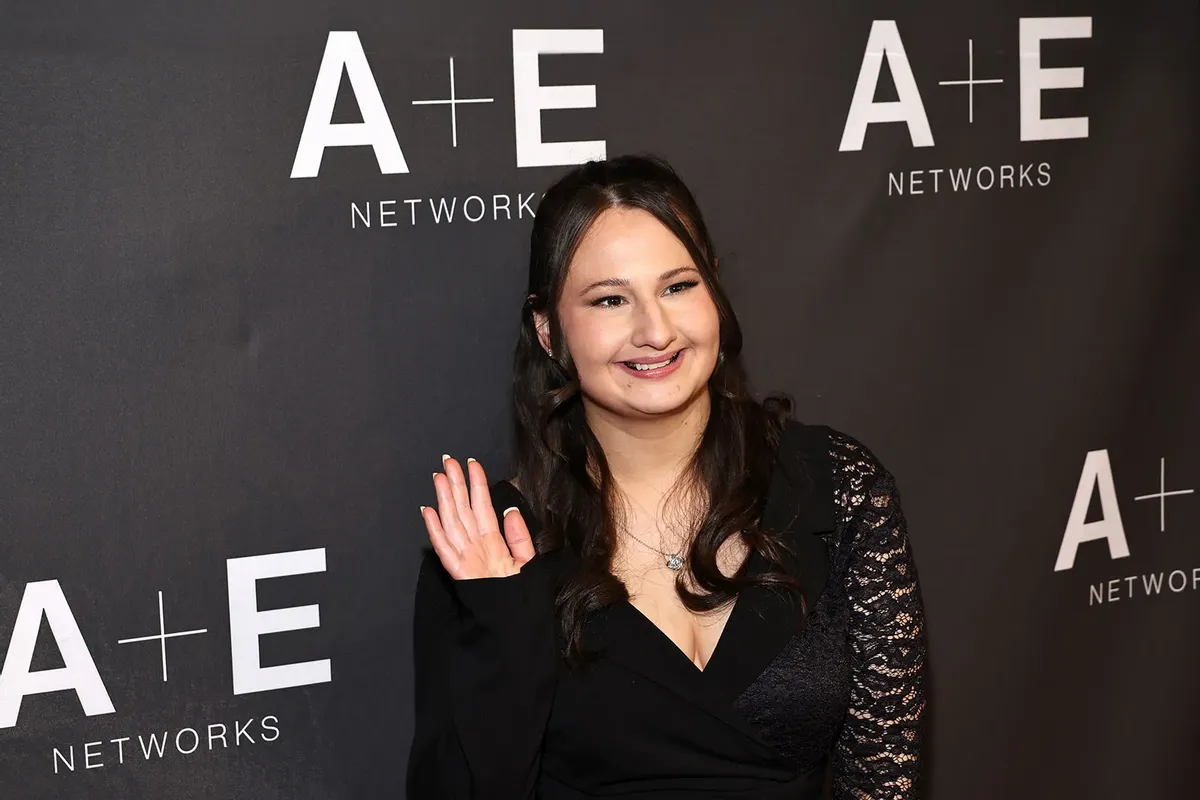




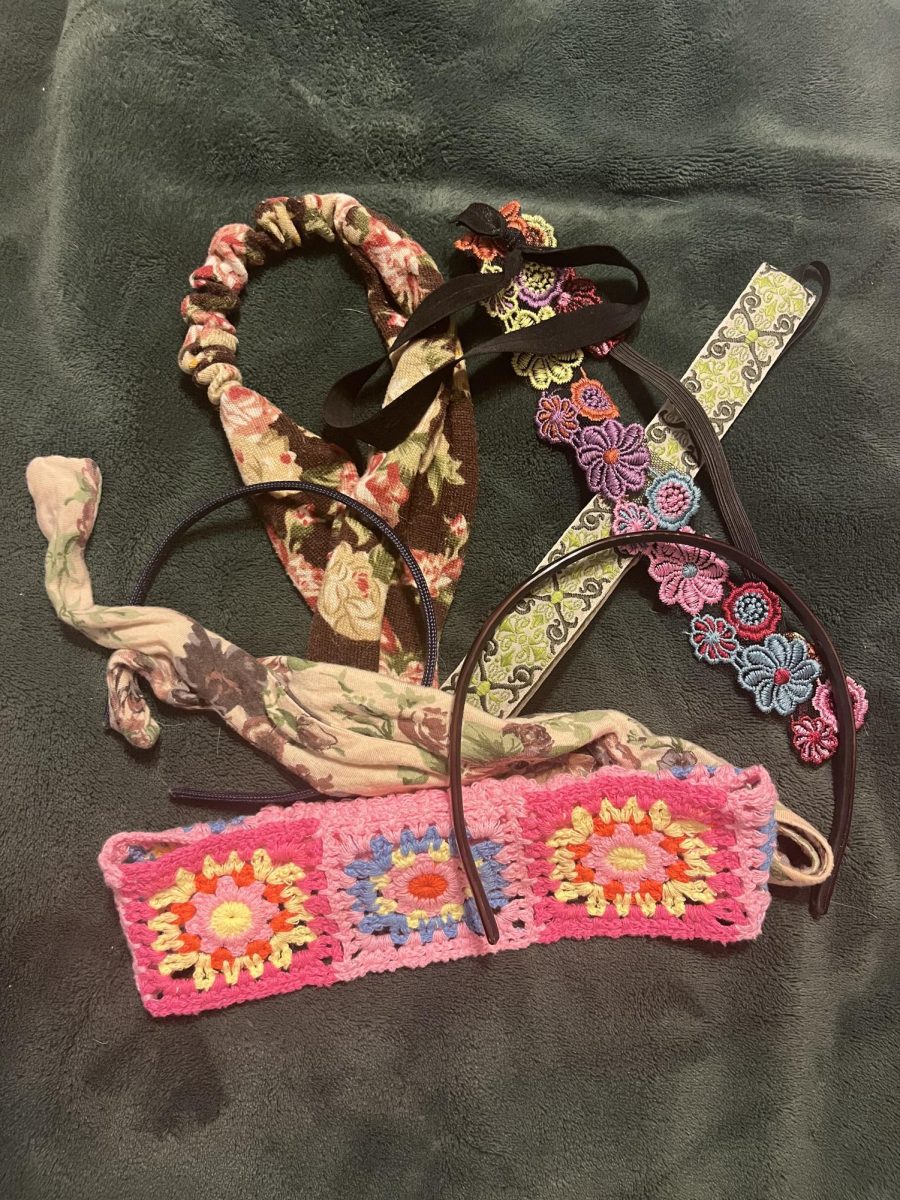
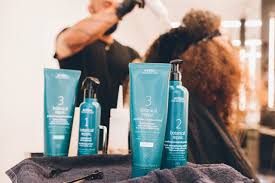




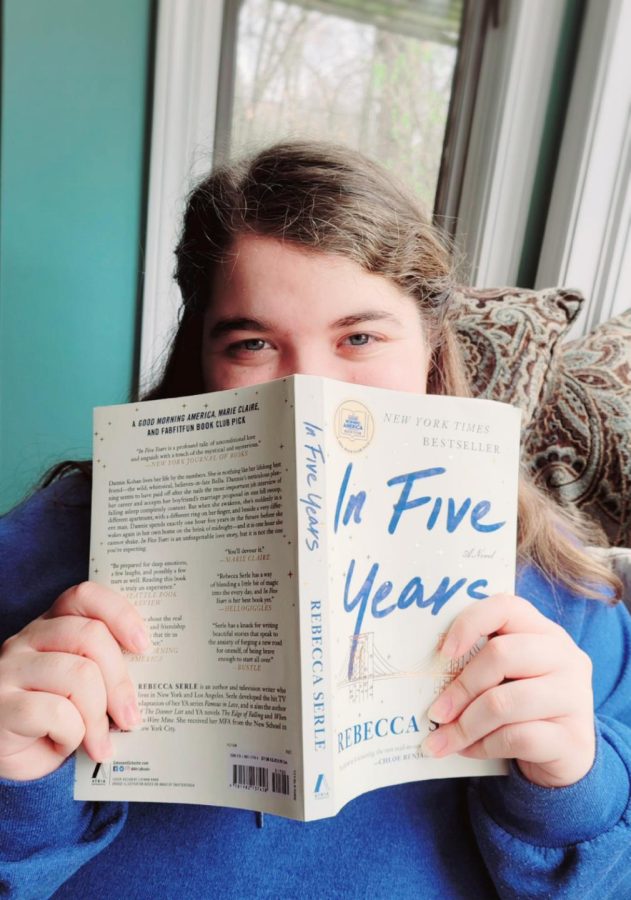


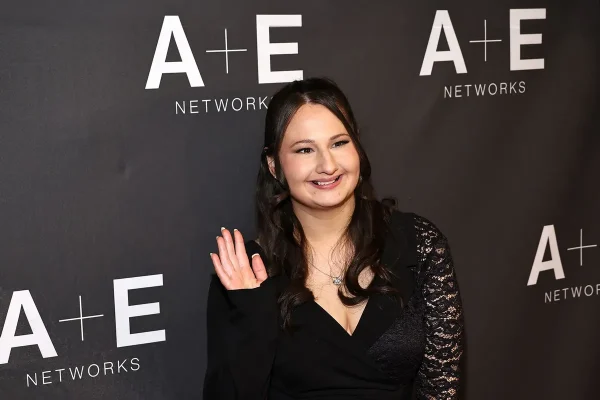
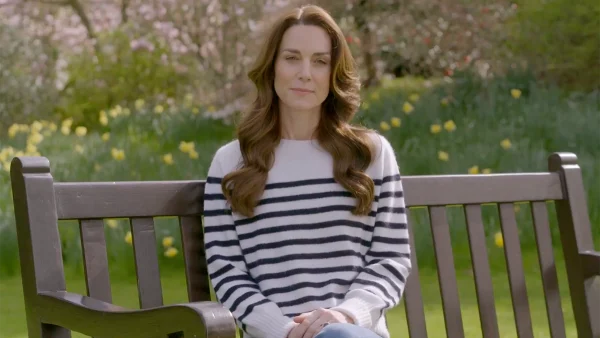


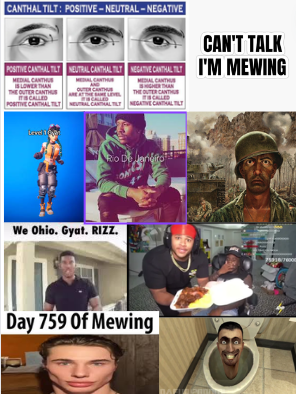

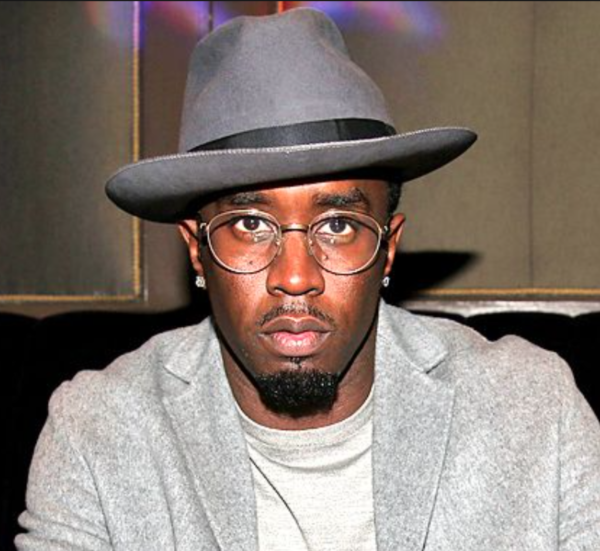
Man Cing • Apr 27, 2022 at 2:01 pm
I like the way you incorporate the idea of judging people quickly without getting to know the true story of them with reading books about the characters! Great juxtaposition there Lauren!:)